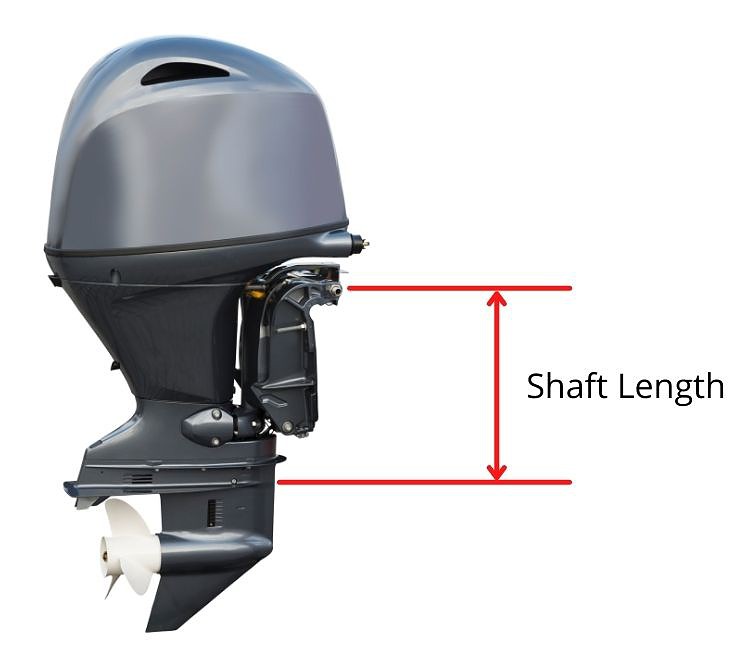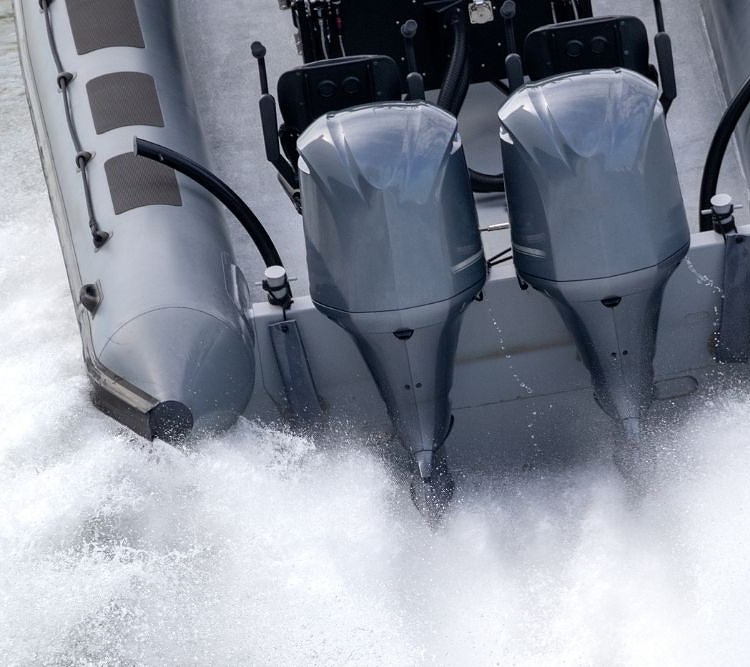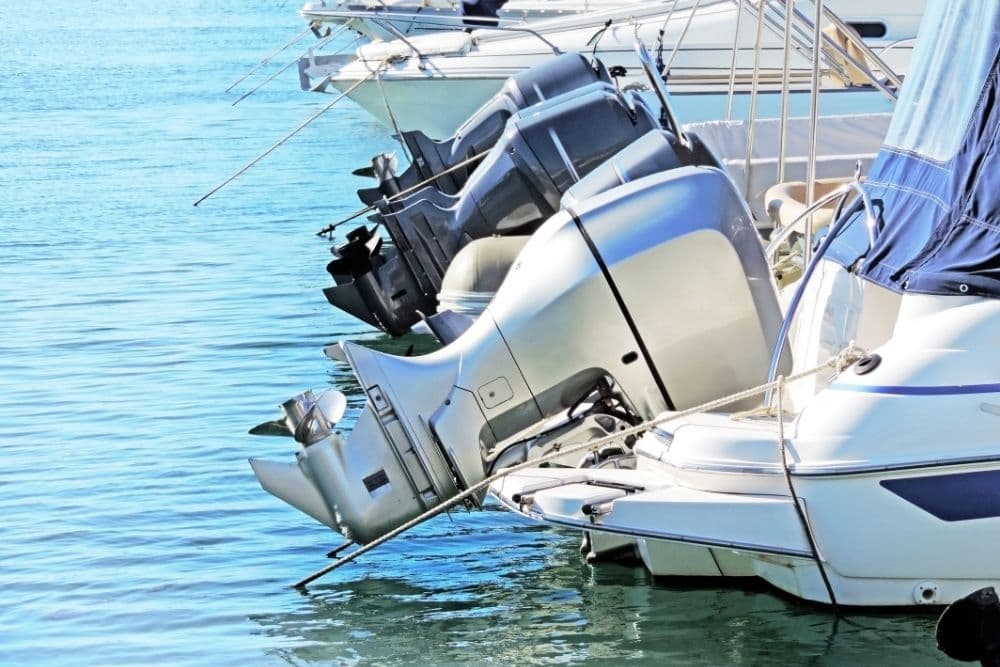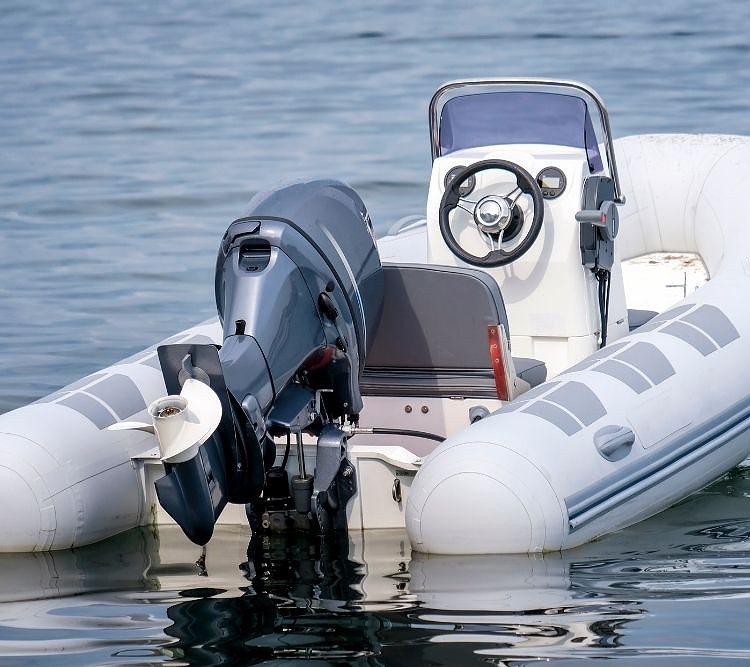If you want your inflatable dinghy to have more power and speed, you might be looking for an outboard motor instead of a trolling motor.
But due to the length and weight of an outboard motor, is it even possible to mount it on your inflatable tube?
The short answer is yes, but it depends on the length of your transom.
Also, there are pros and cons to having both a long and short outboard motor.
Table of Contents
Measuring Outboard and Transom Length
It’s important you know the specifications of your motor because the wrong size could lead to damage and underperformance of the motor.
Measuring the outboard length is quite simple. Take the distance between the top of the mounting clamp bracket and the anti-ventilation plate. Short shafts will measure between 15-17 inches, long shafts will measure between 20 to 22 inches, and ultra-long shafts will usually be between 25 to 27 inches.

In addition, you’ll need to measure the transom length, which is the back of the boat where the outboard motor is mounted.
To do so, measure the top of the transom down to the bottom. Whatever the measurement is, that will be the length size that you’ll get for your outboard motor. So if your transom length measures 20 inches, you’ll want to use a long shaft.
How Do You Know You Have the Right Shaft Length?
The right length is determined by the height of your transom, as measured at the center from top to bottom. The distance is referred to as the transom height.
You’ll know that the shaft length is correct when the cavitation plate is in line with the very bottom of the boat. The cavitation plate is the large plate that extends over the prop of your dinghy.

This is considered the most optimal placement for your outboard and will ensure the best performance for your motor.
Having the right length means that the cavitation plate will remain in the water while your RIB runs at full speed.
Read more: Outboard shaft lengths and transoms
Which are Better, Short, or Long Shafts?

A shaft length that is too long runs the risk of hitting submerged objects such as rocks or logs and potentially hitting the bottom.
In addition, the motor will experience less top-end performance and more drag. However, a long shaft length works perfectly fine. You’ll want to stay away from shallow water to prevent hitting the floor.
If the motor is too short, your motor will likely lose power due to cavitation. This occurs when the prop is positioned out of the water caused by the boat forming air bubbles around the prop.
For small inflatable dinghies, it’s better to have a short shaft than a long one. Short shafts that are between 15 to 20 inches are designed for inflatables. Although long shafts will work, they require some extra work. Typically long shafts are designed for bigger boat types like sailboats or pontoon.
If the outboard shaft is too long, you can raise the motor using a bracket or even build up your transom.
Conclusion
There’s no doubt that you need the right shaft length to ensure that your engine is operating safely and efficiently.
Make sure to measure your inflatable transom height before purchasing your outboard motor.
In most cases, you should use a short shaft for small inflatables.

I created this site to help people – to help you – with your boat problems. Instead of helping one person at a time, I want this website to be the “one-stop-shop” for everyone’s boating concerns. Read more.

